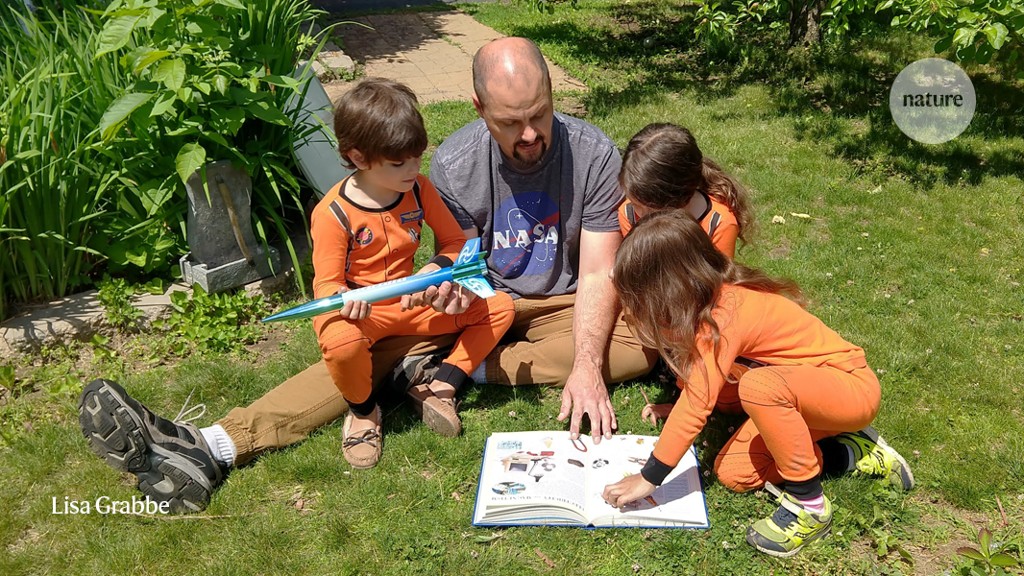My seven-year-old triplets — two girls and a boy — were having trouble doing classwork at home. The coronavirus pandemic meant that they did not have access to a classroom, with desks to sit down at. It is hard to study at the dining-room table with your siblings (their school, sensibly, tries to put them in separate classrooms so that they don’t distract each other) as dad gives the baby a bottle and e-mails his students. This was something we all had to get used to.
A more upsetting issue was my children’s anxiety concerning the virus and social distancing. This anxiety became clear when I returned from grocery-shopping one day to find one of my daughters crying uncontrollably because she was afraid I would not make it back alive. My other daughter had nightmares that my wife, a health-care worker, would get COVID-19 and give it to the baby. My son was afraid that we would run out of food and starve.
I was able to find a solution that helped with working and schooling from home. Taking a cue from a local science museum’s space-station simulator, we turned our guest bedroom into a spaceship-themed classroom. We decorated it to resemble the International Space Station and USS Enterprise. Each child had their own computer station on the ‘bridge’, and I had a standing workstation. We were able to embark on a learning experience using our imaginations.
However, the triplets’ anxiety endured. My son cried when, after the closure of schools, parks, museums and the library, he found out that the arcade at our local shopping mall was closed, too. I told my children that experts were telling everyone to engage in social distancing, and I showed them the COVID-19 prevention guidelines issued by the chief medical officer of the US Coast Guard. Rear admiral Dana Thomas is a highly qualified physician, and the consensus of the triplets was that we should therefore listen to her. I told my children about a paper I had published, about how expert opinion influences people’s attitudes towards climate change. We decided that we would do our own study about who people trust for information about COVID-19 prevention.
Although the study would be small, rushed and nowhere near the quality threshold for peer review, I saw it as an opportunity to teach my children about the scientific method, and to address their coronavirus anxiety head-on. We devised an experiment in which people would hear messages from four sources about preventing the spread of COVID-19. We decided that the sources would be a group of health-care workers, the US Centers for Disease Control and Prevention, social media and a fictitious politician. For an educator such as myself, explaining the experimental set-up to seven-year-olds after years of teaching undergraduates was an eye-opening experience.
We collected data through an online survey. When it came to data analysis, I showed the triplets how the pictures used in their mathematics workbook from school are similar to charts and figures that are used in research. This provided a breakthrough in their understanding of some mathematical concepts. Then we used the data to work on representing groups of numbers such as tens and ones to look at in our sample. This helped my children to form a more concrete idea of large numbers, and made working on mathematics with them more enjoyable and less of an arduous task.
My children were not fond of having to sit down and do writing assignments, so I told them that even daddy has to do these. I wrote up our results as a paper that conformed to American Psychological Association style, and showed it to them. This made the kids more open to working on writing tasks.
Aside from the education they received at home, my children now show less anxiety about COVID-19, but they are still sad at missing friends. Although social distancing and working from home can derail many plans, it can also be an excellent opportunity to share your passion for science with your children. Turning my kids’ anxiety into curiosity was one of the most rewarding experiences I have had as a scientist. During this difficult time, we may have the opportunity to connect with our children in ways that inspire the next generation of scientists. And my triplets already have an idea for our next experiment.



